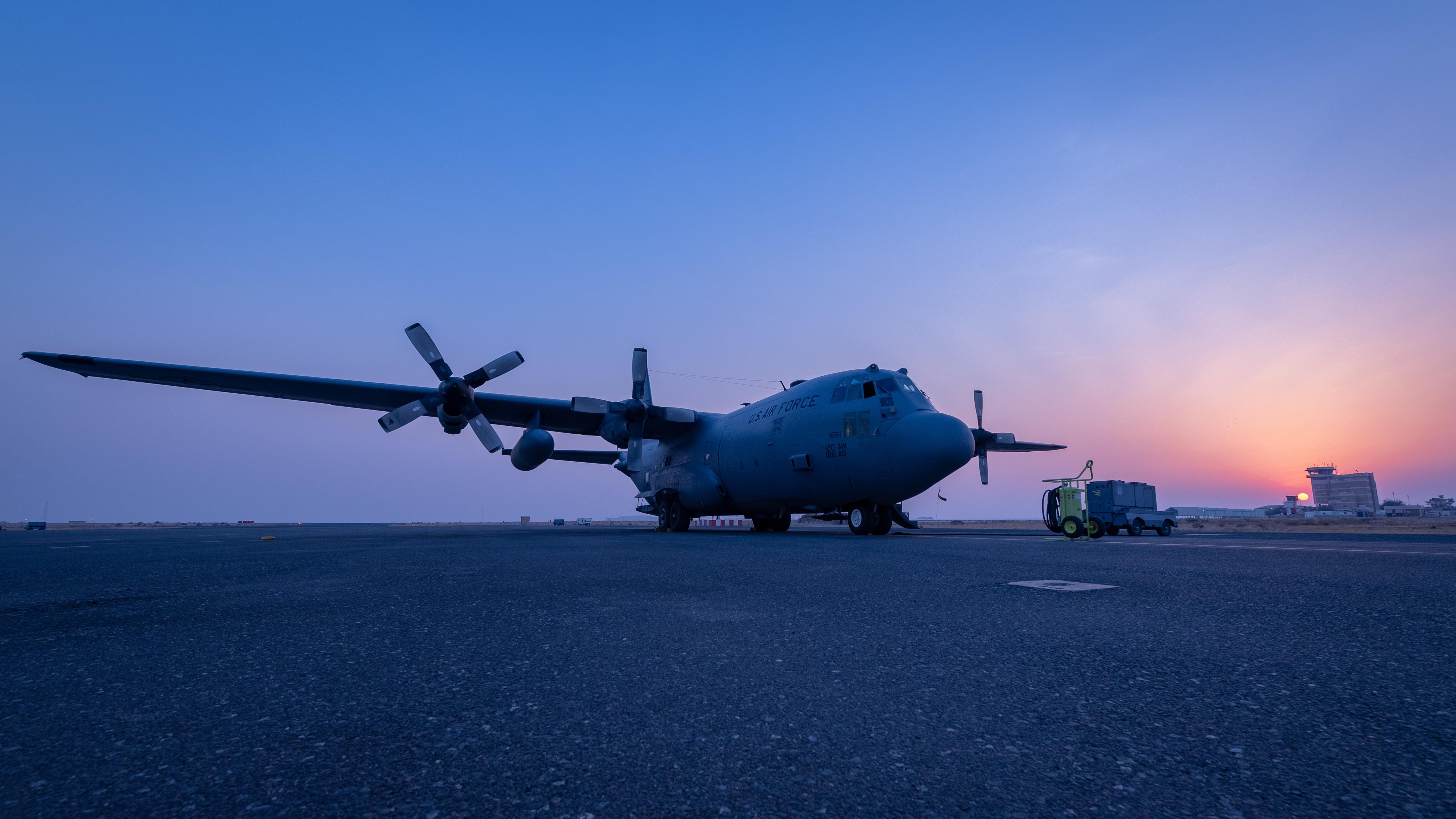
Credit: U.S. Air Force
The U.S. Air Force will ask Congress for permission to retire fewer aircraft in fiscal 2023 than it did in its 2022 request, after lawmakers allowed the service to cut some platforms and appear ready to further bolster the Pentagon’s budget. The 2023 request is expected in the coming weeks following...
Subscription Required
This content requires a subscription to one of the Aviation Week Intelligence Network (AWIN) bundles.
Schedule a demo today to find out how you can access this content and similar content related to your area of the global aviation industry.
Already an AWIN subscriber? Login
Did you know? Aviation Week has won top honors multiple times in the Jesse H. Neal National Business Journalism Awards, the business-to-business media equivalent of the Pulitzer Prizes.
